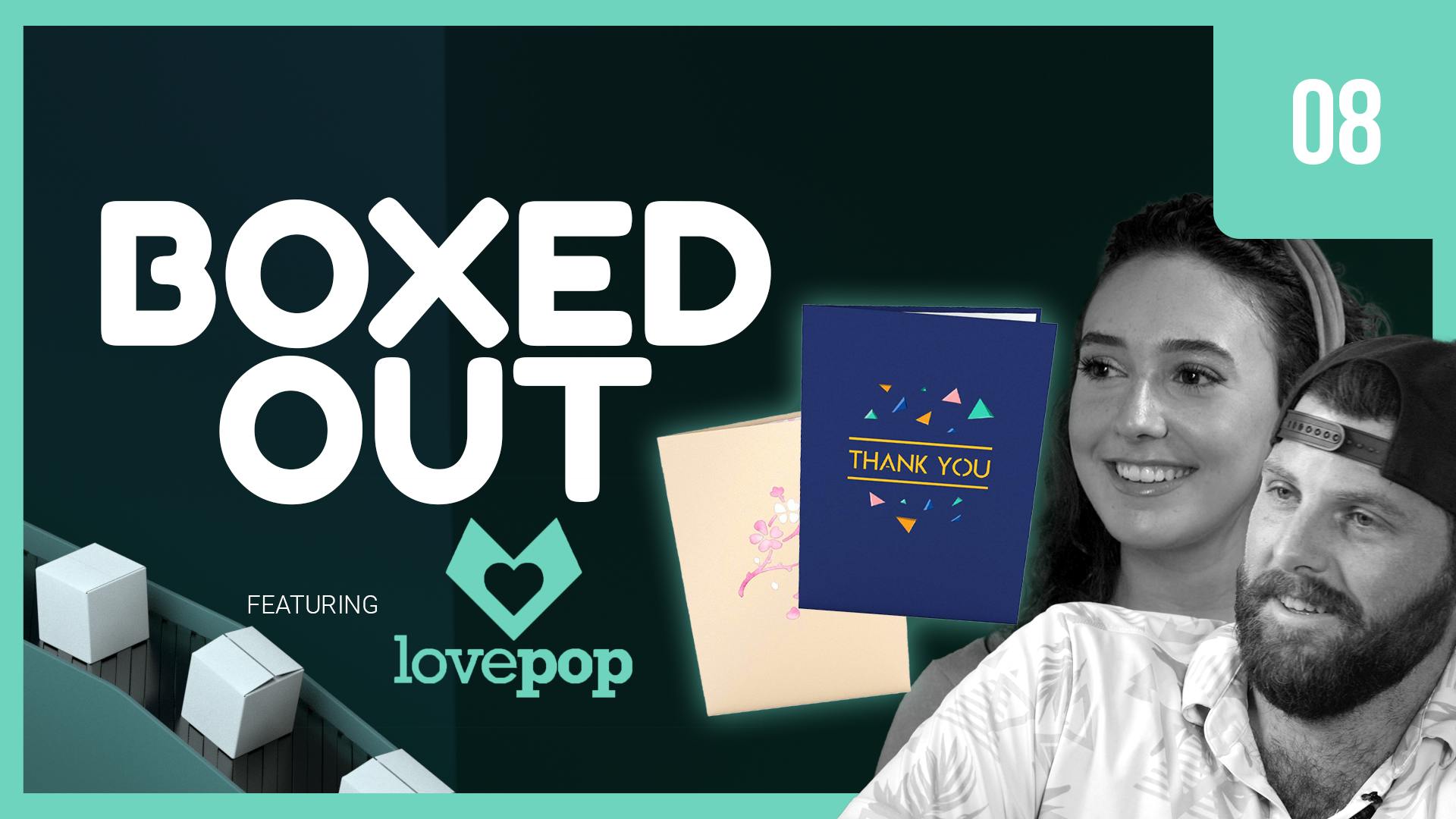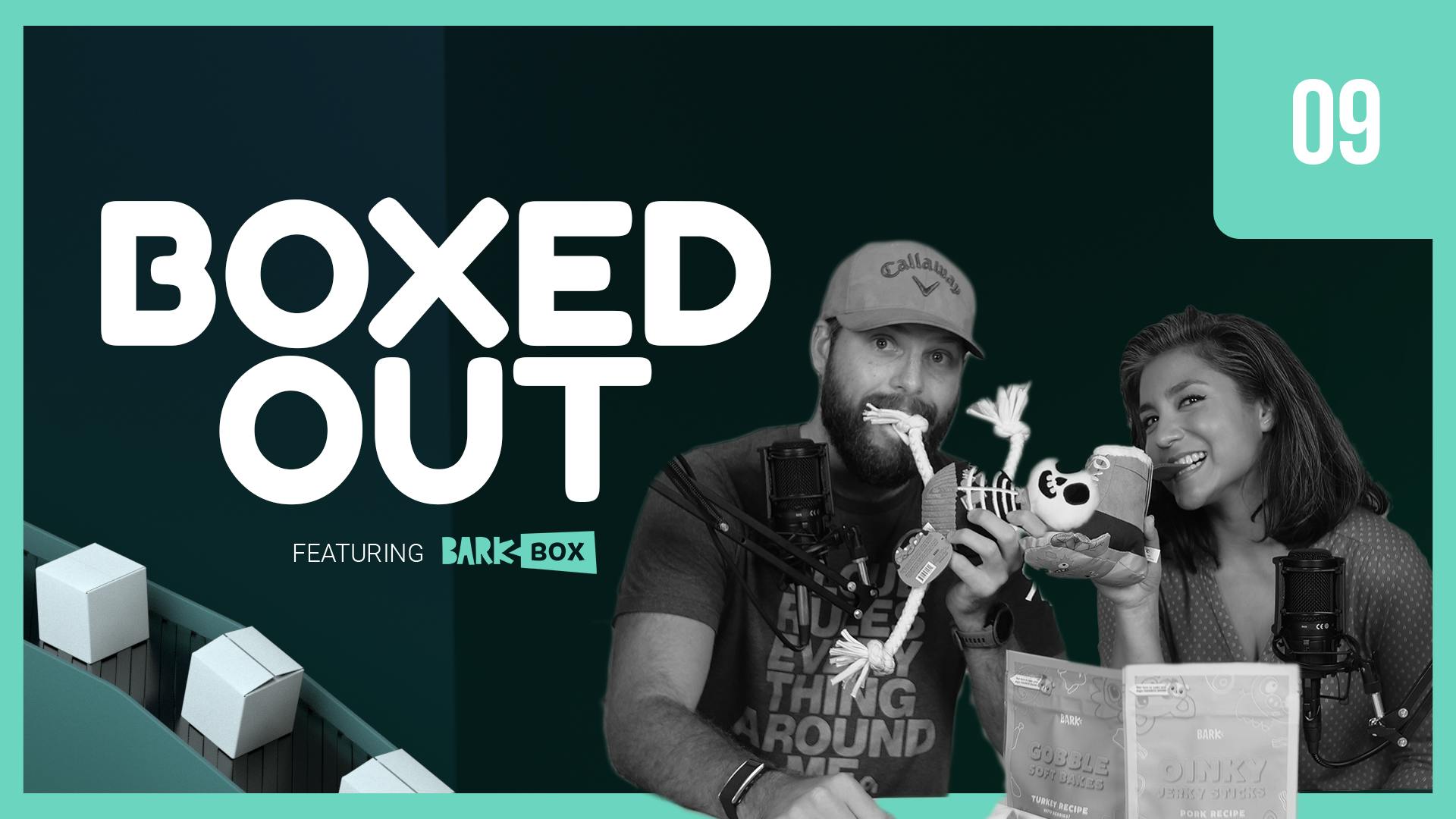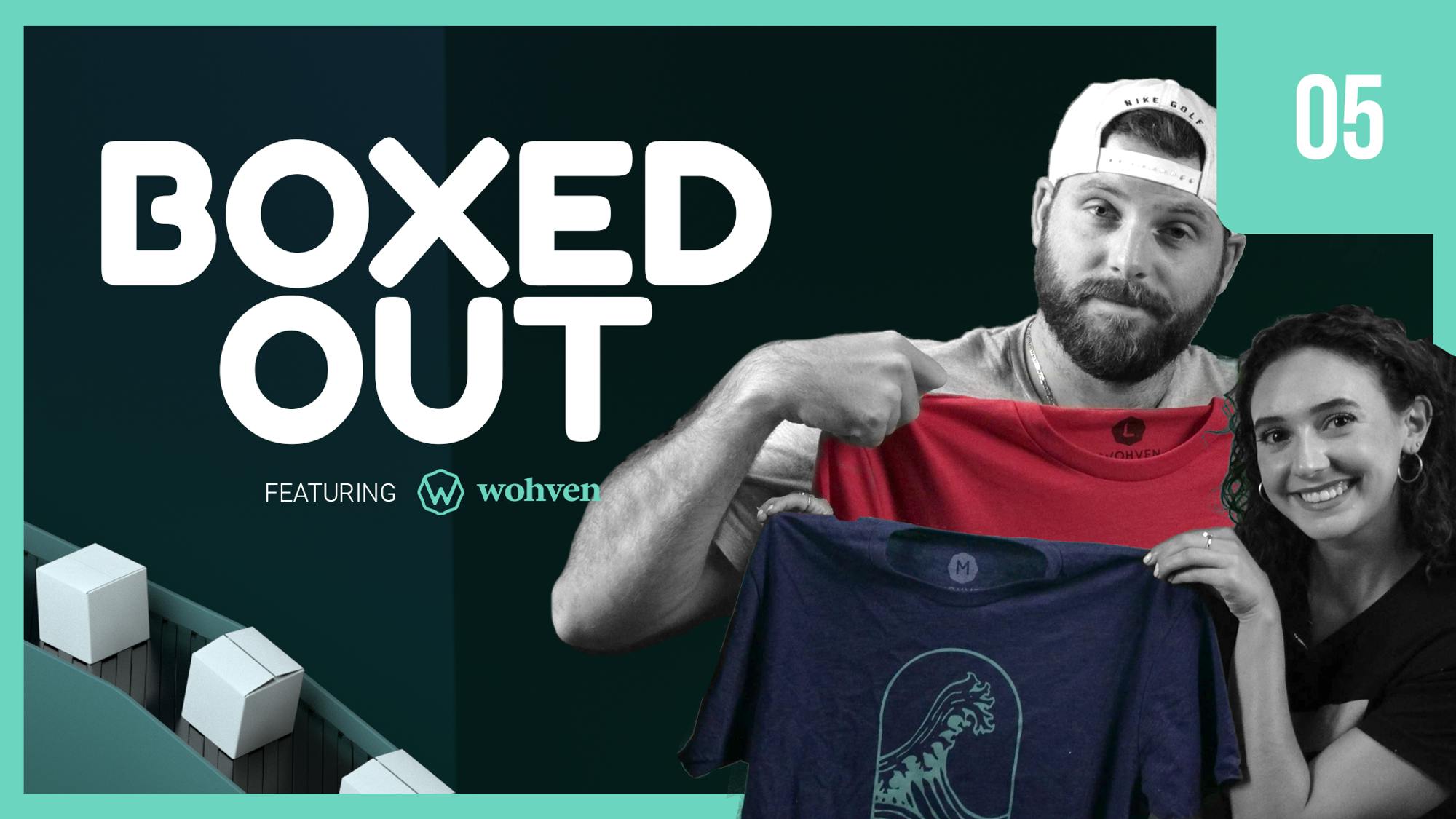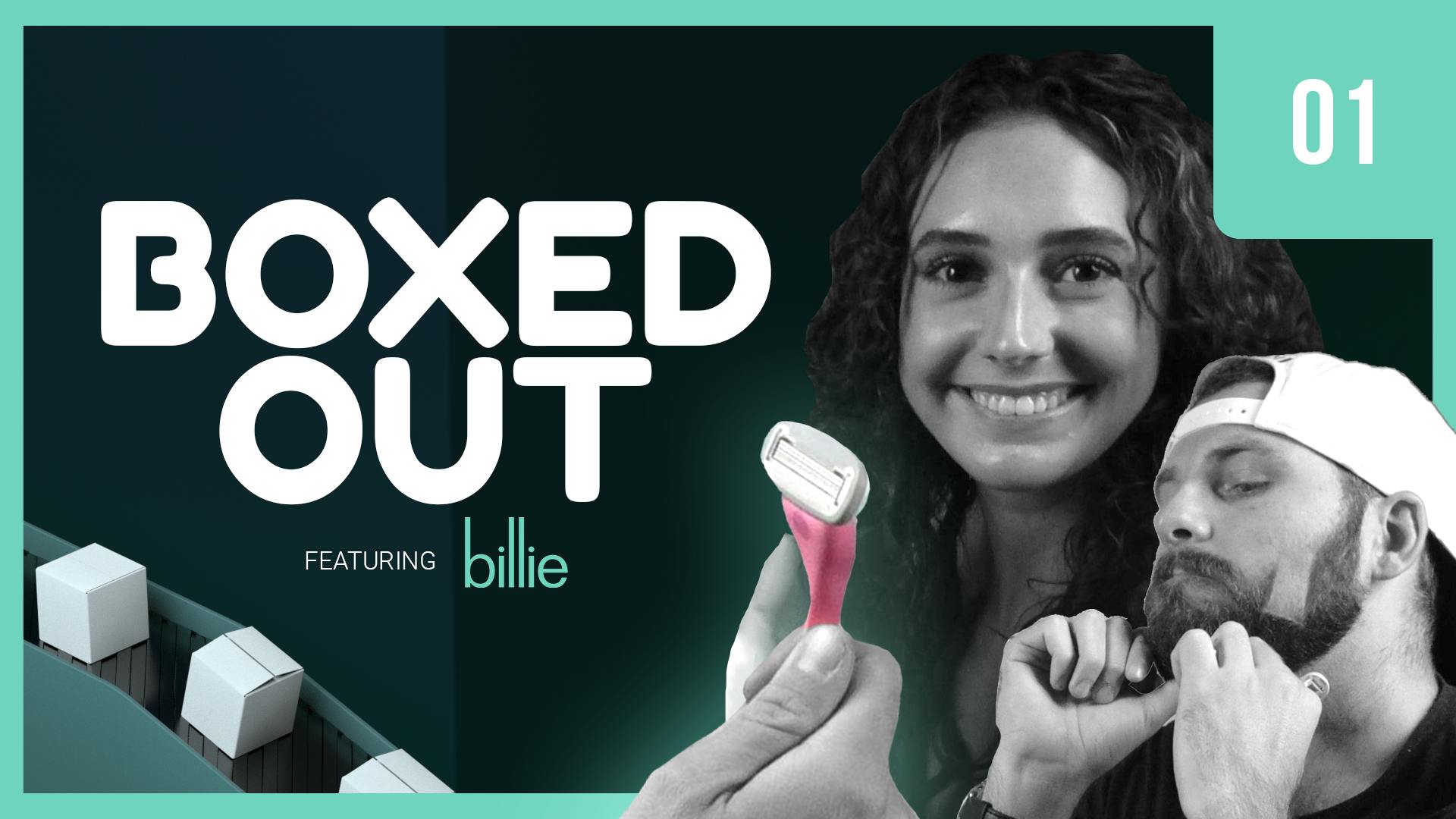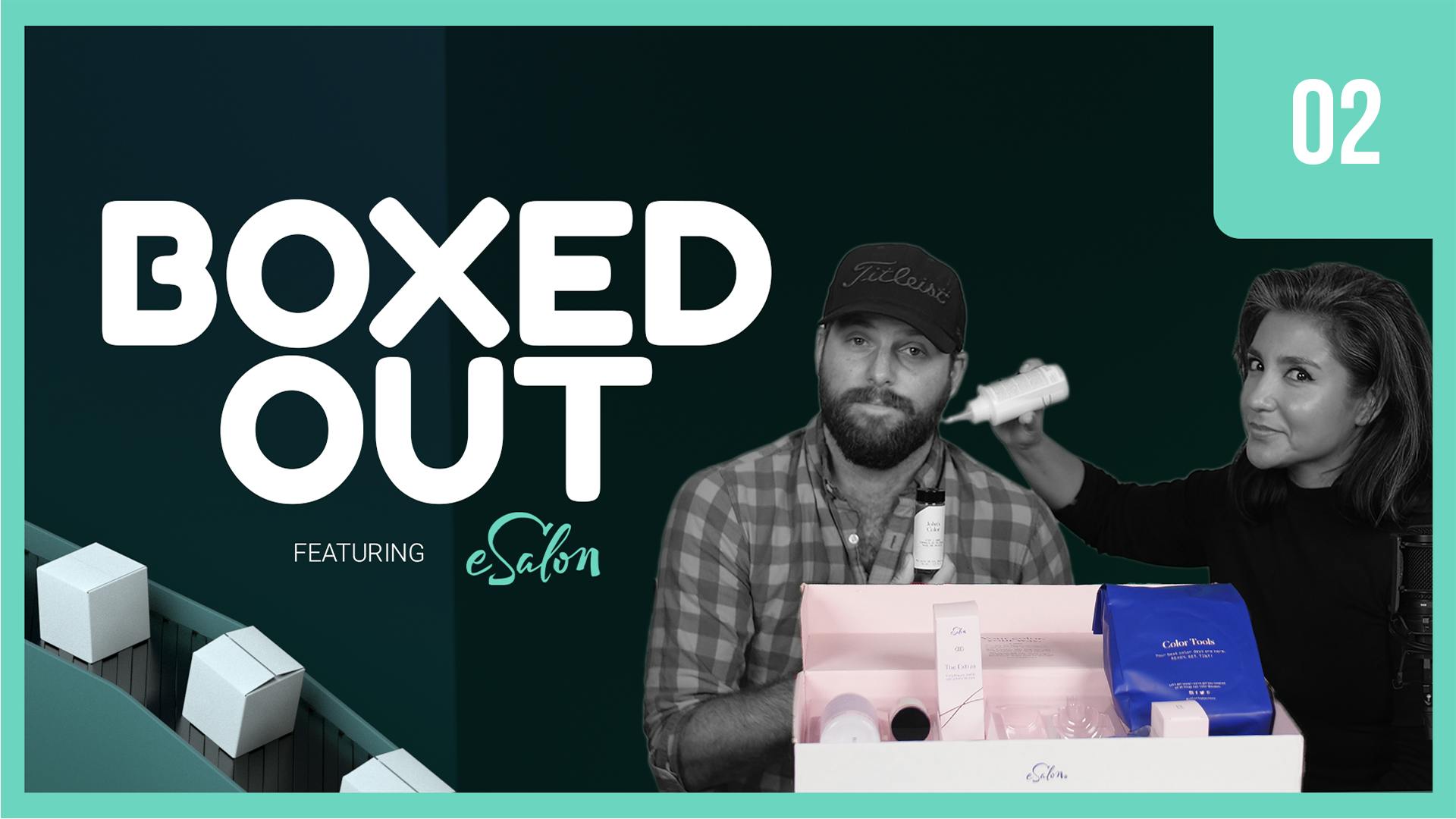
Soylent’s retention is pretty vanilla
This episode might reference ProfitWell and ProfitWell Recur, which following the acquisition by Paddle is now Paddle Studios. Some information may be out of date.
Please message us at studios@paddle.com if you have any questions or comments!
Today we're talking about Soylent, a company that has reinvented the multi-billion dollar meal replacement market by creating healthy alternatives to the sugar-filled options of the SlimFast generation. We're going to learn how Soylent used integrity-based products to their advantage, and then we're going to jump into what they're retention strategy does well, and not so well.
Soylent is now valued in the billions, and holding strong. Continuing to perfect their formula, they’ve managed to channel the passion and enthusiasm of their consumer base to drive in-store traffic. But, their retention strategy is lacking some key nutrients.
Key takeaways:
Below are some valuable takeaways you can implement in your own business.
Term optimization.
Soylent needs to place a higher focus on term optimization. Longer-term subscriptions retain customers at a 15-30% higher rate than monthly subscriptions. Soylent isn't offering an extended subscription in exchange for a discount or offer, which is a missed opportunity for a health-and habit-laden product.
- Offer longer-term plans in exchange for a discount (physical amounts off instead of percentages) or access to an exclusive pack.
- Invite customers to upgrade after the purchase has been made, as well as before. Let them try your product.
- Remind customers to upgrade to a longer-term plan with a plain text email and offer a one-click upgrade.
Approach expansion revenue directly
Soylent is currently not doing much with their expansion revenue opportunities—and they have many. Not only do they have a variety of products they could be introducing and offering as add-ons, but they’re also missing out on charitable donations. Charitable donations bundled with DTC subscriptions tend to retain at a 10 to 20% higher rate. This a notable opportunity for Soylent to increase retention and help their “Soylent for Good” mission.
- Add a modal asking if they want to add a product or two to their subscription based on selection.
- Put add-ons on the order confirmation page.
- Provide the option to add a charitable donation amount to their order or subscription.
Credit card failure process
Soylent needs to implement a complete credit card failure process asap. Credit card failures account for 20-40% of your churn and cancellations. And Soylent, at the time of our assessment, aside from retrying the card six times after it declined, did not communicate in any way, and then cancelled the subscription, also without notice. This is costing Soylent millions in lifetime value and is likely preventable. Remember, these customers aren’t leaving because they didn’t like your product, most of them—likely all of them in this case—aren’t even aware their payment failed.
- Send four to five plain text emails that go out in an intelligent drip based on the customer's behavior and data.
- Add SMS messages to your flow.
- Recognize and message expired credit cards.
- Allow users to update their payment information without logging in.
Soylent
Why eat your meal when you can drink it? The meal replacement drink is one of the fastest-growing trends today. We’ve come a long way since the days when meal replacements drinks were primarily weight-loss supplements. And as consumers continue to adopt increasingly busy lifestyles, the meal replacement market has become a multi-billion dollar industry, and is expected to see continued significant growth. Today, it’s about something bigger—complete nutrition shouldn’t be difficult or expensive.
This basic idea of easy and inexpensive nutrition, is what started Soylent in 2013, a brand of meal-replacement products. Founder Rob Rhinehart, and co-founders Matt Cauble, John Coogan, and David Renteln, understood the difficulties of eating healthy on the go and on a budget. As software engineers living in Silicon Valley, they started thinking not only about how to feed themselves, but also about feeding the growing population. Making “complete, sustainable nutrition accessible, appealing, and affordable to all,” became their core mission.
Soylent’s success
Soylent’s growth can be attributed to two main factors:
First, Soylent understands that their most valuable asset is their highly engaged consumer base. They’ve been able to develop that consumer loyalty through their commitment to integrity-based products.
And the second component: Attaching itself to a meaningful cause. Soylent bills itself as a “purpose-driven company,” with its efforts to end hunger and food insecurity by donating to food banks and food rescue organizations.
So is it any good? Endless reviews attest to Soylent’s flavorful and nutritional value. Scientists carefully select each ingredient that goes into each of their products. Soy Protein Isolate is the core ingredient which is the most complete plant-based source of protein and contains all of the essential amino acids that are necessary for healthy, growing, and functioning bodies. Soylent consists of 39 essential nutrients, is high in healthy fats, is vegan and animal-free, lactose-free, and does not contain nuts. As a plant-based protein, Soylent says it produces less carbon dioxide than livestock and reduces waste because of its year-long shelf life. They also update the cardboard cases for all their Ready-to-Drink products to reduce their environmental footprint.
Soylent also offers a variety of flavors and consumption options—drinks, powders, and bars—so you’re ready whatever the situation.
Today, Soylent, valued now in the billions, is holding strong and continues perfecting their formula. And with the rapid and successful expansion into brick and mortar retail, Soylent’s available at nearly 20,000 retail locations, including Walmart, Target, and 7-eleven.
Soylent’s managed to channel the passion and enthusiasm of their consumer base to drive traffic in-store. And with growing five-star reviews, they’re showing no signs of slowing down.
Retention Review
Not everything is perfect about Soylent's strategy—but we can still learn from them. Their retention needs a good amount of work and retention is the key. Most brands don't focus on this aspect of their business enough - getting acquisition brain and just focusing on facebook, instagram, snapchat, and ads.
Why is retention important?
You spend half of your budget and time acquiring customers, but to be successful, you need to keep them. The beauty of the subscription model is that the relationship with the customer is baked directly into how you make money. If that customer is happy, they'll keep buying from you in the long term. If they're upset or not seeing the value, they'll cancel—quickly.
Plus, money talks here. Subscription ecommerce companies using the tactics we're going to talk about have 2x the customer lifetime value (LTV), 2x the average order value, and 3x higher growth rates, because they're not worried about plugging a leaky retention bucket.
To highlight the importance here, let's look through Soylent's retention strategy and break down what they're doing well, and not so well, so you can learn for your own DTC business.
Retention has three parts:
- Active churn, which are customers who are actively choosing to cancel your product.
- Expansion revenue, which are your existing customers that buy more product.
- Delinquent (or involuntary) churn, which are customers who's credit card or payment has failed, which sadly is one of the largest single buckets of where you're losing money.
Active Churn
When we look at Soylent's active churn, there are so many reasons why a customer may cancel—some you can control, others you can't. We want to make sure Soylent is not only setting up their customers for long-term retention in the initial purchasing process, but that they're also collecting information on why someone's cancelling, if they so happen to, in order to get a clean cycle of retention improvement.
Good but not great:
Soylent is doing a pretty average job with their active churn prevention. Nothing too flashy, but they are covering most of the basics. They're treating subscribe and save more seriously than just a discount by reminding you that you can customize and swap product, pause the subscription, and keep the savings.They could be more prestigious and offer some exclusive products, but it's not too bad.
They also focus on frequency picking, which is something that can't be overlooked. Allowing your customers to change up and choose their frequency keeps customers around longer and gives them more control over their transaction.
Another good tidbit for retention here—Soylent's social mission. We conducted a study looking at over 30,000 DTC subscription customers and found that those companies with a social mission retain customers at a 10-20% higher rate. Soylent could play into this even more during checkout—but we'll touch on that a little further down.
In terms of their cancellation flow, they did collect information on why I wanted to leave and tried to stop me a bit with some reminders that I could swap product or pause my subscription. BUT I didn't receive any offers or anything to stick around for an additional month based on my selection.
After looking at over 1,500 DTC subscription companies, we found that salvage offers boost lifetime value by 15-25%. Salvage offers work well because some of your customers need an extra month to get primed with your product for the long term.
Overall a pretty vanilla job—all puns intended.
Expansion Revenue
Expansion revenue is crucial, because your existing customers are more than willing to buy more from you - you just have to make sure to ask. Plus, those customers who have at least one add-on or additional purchase tend to have 18-54% higher lifetime value, meaning they're paying you more over the life of the subscription, but they're also sticking around longer, because they're more ingrained within your product.
Needs improvement:
Soylent didn't do much here, which was pretty disappointing. They've expanded their product line quite a bit over the past couple of years to include bars, different flavors, and some ready-made coffee breakfast drinks. If I'm a regular Soylent customer or maybe someone new, I may not know about their different product lines, even though each product line is essentially another gateway for me to fall deeper in love with the brand.
We didn't receive a modal or pop-up of any kind through the checkout flow to try out a different product. And this is a perfect place to sell a sample of a particular bar or drink in order to see if I'll like the product and order more later. The blank, order confirmation page is also a brilliant place for one-click add-ons that appears to be overlooked, as well.
The order confirmation page works really well for getting people to add more to their order, because they're already invested in buying the product. And when you show them an offer or even something that isn't as exclusive, there's a higher chance they're going to upgrade to include that offer. Plus, there's always a delay between when the order is placed and when things ship, so there's a grace period to include extra items.
Credit Card Failures
Now let's talk about the sexiest topic in the world—credit card failures. We know you don't wake up sweating in the middle of the night thinking about credit cards—that's our job—but here's why we obsess over things like this: just under 40% of the customers that leave you are leaving you because of failed payments. To get these folks back, we want to make sure Soylent is treating these folks like a marketing channel, sending them messages before the point of failures, all the way to after the point of failure through email and text messages.
Really bad:
This is where Soylent is failing pretty big, unfortunately. We received zero, ZERO emails, notifications, or SMS messages that our card was being declined. They did retry the credit card six times, but rather than emailing or texting to notify us, they just cancelled our subscription. We could be mistaken or maybe they fixed this since we tested, but this is not good.
There's not much else to say unfortunately, but based on Soylent's size they're probably losing at least a million dollars per year in lifetime value, if not much more.
Overall:
Soylent has done a minimal job with their retention strategy, so there's a good amount of work to be done. They need to take the talent they've applied to the brand, product, and experience and apply it more to the retention side of their business.
Retention Revamp
Let's revamp. First though, why do we feel we have any authority to even talk about this? Roughly 20% of the entire subscription market is using ProfitWell, so we're sitting on more data than anyone else. Simply put, we have the data to know what works and what doesn't, and we care more about this problem than anyone else out there.
Let's walk through three big things we'd change immediately about Soylent's retention strategy, so we can all learn for our own brands.
3 takeaways
- Soylent needs to go much deeper on term optimization. Right now we're not seeing a customer able to pre-pay for an extended subscription in exchange for some cash off. Huge missed opportunity for such a health- and habit-laden product. Buyers may just want to set and forget their deliveries. Just give them the opportunity to buy an annual or even six months for a bit of a discount or some other offer.
The big thing to keep in mind here is that those longer-term subscriptions retain customers at a 15-30% higher rate than monthly subscriptions. This is based on a study on over 2,000 DTC subscription companies. Even an incremental amount of customers on these plans will pay dividends.
Keep in mind that you can ask customers not only in the checkout flow, but also after the purchase has been made. New users may want to try the product out before committing to something longer term. The best thing to do here is reminding them through a plain text email with an offer and a one-click upgrade to a longer-term plan. This helps boost overall lifetime value immensely. - Soylent should approach their expansion revenue more directly. There are a good number of options here, but they could deploy an onboarding survey, similar to Dollar Shave Club, to suggest specific products to me. Alternatively, and probably much easier, they could just add a modal that asks you if you want to add a product or two to my subscription based on my selection.
Sometimes you just need to ask. If you’re nervous about putting something in the checkout flow, then put add-ons on the order confirmation page. There's always a delay between an order and fulfillment, so asking your customers to put an extra item or two into their box to get free shipping, will always play as an incentive.
One relatively easy add-on that would have a high impact, is to add a donation amount to their order or subscription. As we mentioned before, customers who have charitable donations bundled with their DTC subscriptions tend to retain at a 10 to 20% higher rate than those who don't. This is based on a study we completed on just over 30,000 DTC subscription customers. This is a great opportunity to help their retention and their “Soylent for Good” mission. - Soylent needs to completely revamp their credit card failure process. They're losing a ton of money by doing nothing. No communication at all. They need four to five plain text emails that go out in an intelligent drip based on user behavior. They need text message nudges, and they need to allow users to update their payment information without logging into their accounts. They need essentially everything.
We have hope for Soylent on this axis because although some of these changes are urgent, they aren't major, but they'll have a tremendous impact. It's just a great company and we know they can succeed in boosting that recovery rate substantially by implementing these changes.
Who's up next?
Next week we're going into the multi-billion dollar world of greeting cards to a DTC brand that's taking on Hallmark by revolutionizing the greeting card, and making the message pop much more. The DTC brand we'll be digging into is Lovepop. We'll see what they're doing well, and not so well, so make sure you subscribe to Boxed Out. And tell your friends so we can get this knowledge into the hands of as many people as possible.
